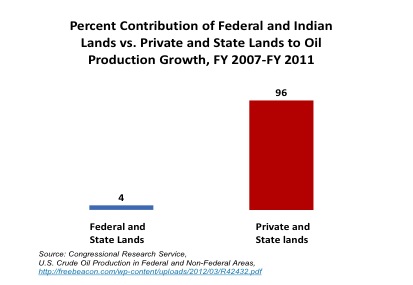You’re invited to a reception with Grover Norquist Reception in Albuquerque
01.28.2015
Join the RGF for a Reception with
Anti-Tax Activist Grover Norquist!
The Rio Grande Foundation is hosting a reception with Grover Norquist of Americans for Tax Reform from 6:30pm to 8:00pm on Thursday, February 5th at the Marriott Pyramid.
Entrance to the reception is $15 per-person which includes light appetizers and a cash bar.
Click here for registration form!
 Grover Norquist is president of Americans for Tax Reform (ATR), a taxpayer advocacy group he founded in 1985 at President Reagan's request. ATR works to limit the size and cost of government and opposes higher taxes at the federal, state, and local levels and supports tax reform that moves towards taxing consumed income one time at one rate.
Grover Norquist is president of Americans for Tax Reform (ATR), a taxpayer advocacy group he founded in 1985 at President Reagan's request. ATR works to limit the size and cost of government and opposes higher taxes at the federal, state, and local levels and supports tax reform that moves towards taxing consumed income one time at one rate.
ATR organizes the Taxpayer Protection Pledge, which asks all candidates for federal and state office to commit themselves in writing to the American people to oppose all tax increases. In the 113th Congress, 219 House members and 41 Senators have taken the pledge. On the state level, 14 governors and 1,035 state legislators have taken the pledge.
Norquist chairs the Washington, DC-based "Wednesday Meeting," a weekly gathering of more than 150 elected officials, political activists, and movement leaders. The meeting started in 1993 and takes place in ATR's conference room. There are now 60 similar "center-right" meetings in 48 states (including New Mexico).
Arianna Huffington calls Norquist "The dark wizard of the Right's anti-tax cult."
According to John Stossel, "No one in modern times has fought harder to shrink the state than the founder of the group Americans for Tax Reform."
In the words of Newt Gingrich, Grover Norquist is "the person who I regard as the most innovative, creative, courageous and entrepreneurial leader of the anti-tax efforts and of conservative grassroots activism in America … he has truly made a difference and truly changed American history."
P.J. O'Rourke says "Grover Norquist is Tom Paine crossed with Lee Atwater plus just a soupçon of Madame Defarge."
Senator Mitch McConnell says, "It's because of soldiers like Grover that the conservative movement is so vibrant today and that the liberals who thought they had taken over two years ago are on the run."
Politico describes Grover as "the high priest of anti-tax orthodoxy who's convinced nearly every elected Republican to sign a pledge not to raise taxes."
The Hill named Grover one of the Top Grassroots Lobbyists of 2014 saying, "They say nothing is certain but death and taxes. In Washington, the third certainty is Norquist trying to kill the second."
Mr. Norquist holds a Masters of Business Administration and a Bachelor of Arts in Economics, both from Harvard University. He lives in Washington, DC with his wife, Samah, and his daughters, Grace and Giselle.


















